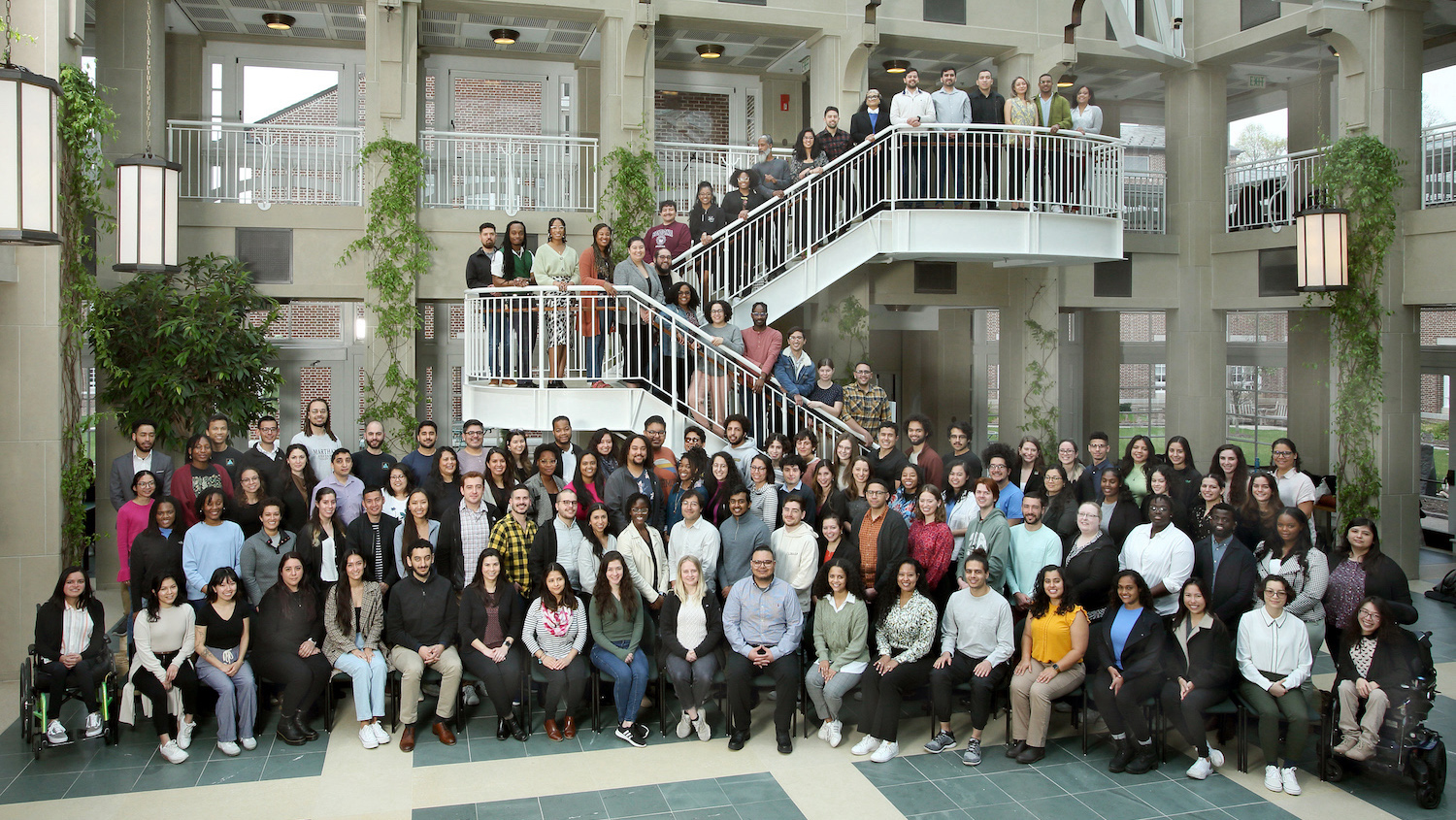UNC Biologists use mathematical models to predict the fate of endangered populations
A new publication by recent UNC Biology PhD Kuangyi Xu and his UNC Biology co-advisors provides theoretical insights into what governs whether small populations succeed or fail in getting “rescued” by natural selection. When small, chance events play a large role in the fate of populations, and the level of genetic variation and the strength of selection interact in ways that can be counterintuitive. So mathematical models are needed to understand the optimal conditions for survival. READ MORE

